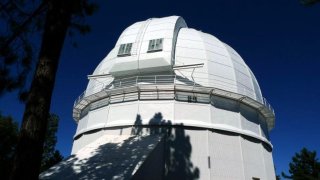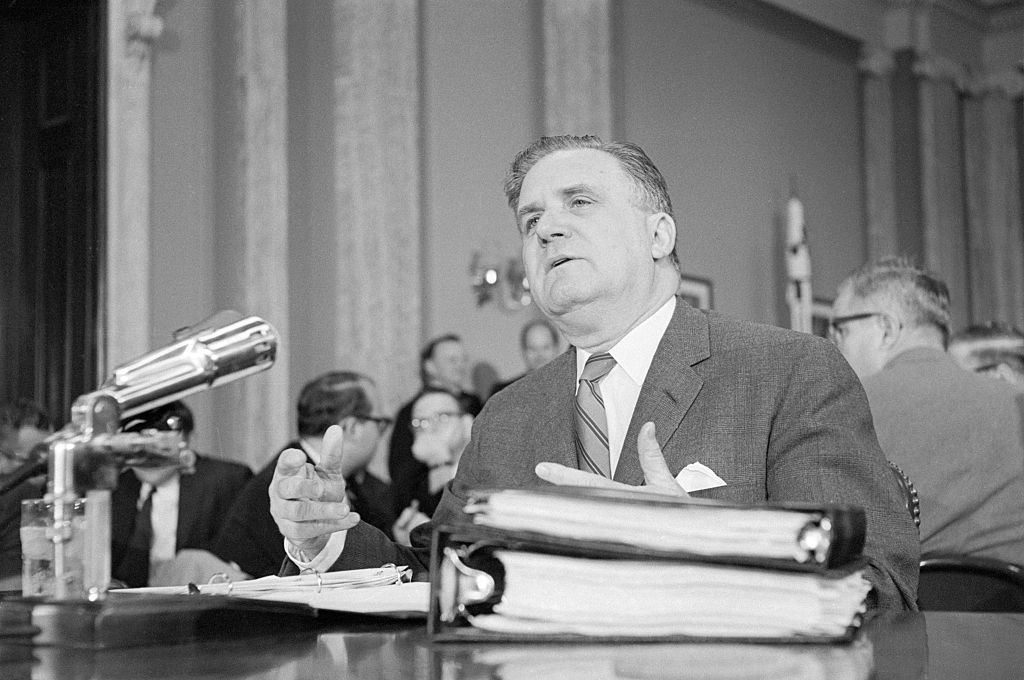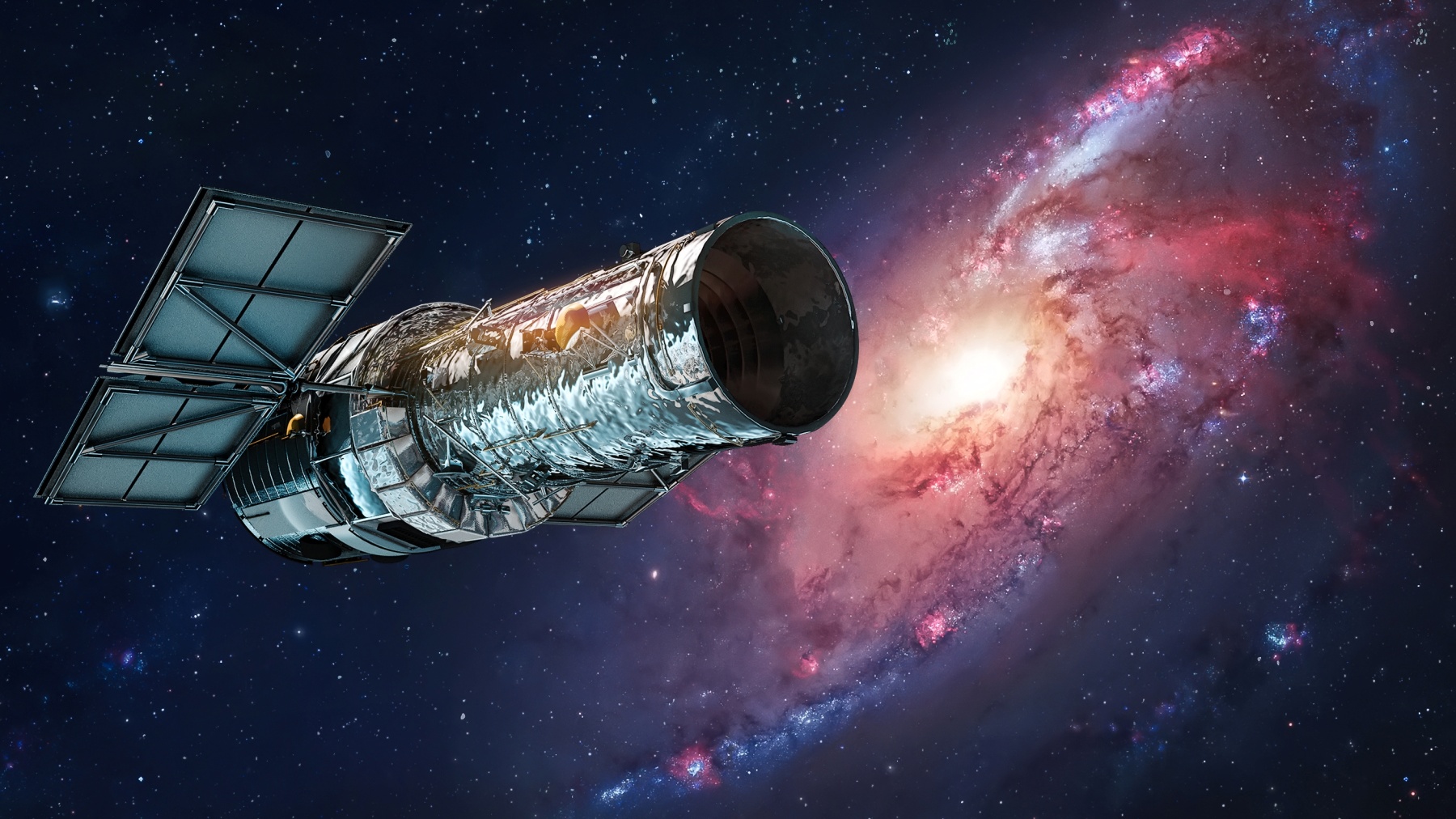
Dating back to 1904, Mount Wilson Observatory was founded by Dr. George Ellery Hale in the mountains of Pasadena where some of the world's oldest telescopes are housed.
When Hale established the observatory and for decades after has been regarded as one of the world's foremost astronomical research facilities.
George Ellery Hale

Get top local stories in Southern California delivered to you every morning. >Sign up for NBC LA's News Headlines newsletter.
Hale has always been known for his fascination with the sun and exploring solar activity in space.
He studied at the Massachusetts Institute of Technology and offered his talents to assist with astronomical photography with Edward C. Pickering at the Harvard College Observatory.
Hale is respected for this contributions to American science which include helping develop some of the world's largest telescopes. The telescopes were considered to be the largest during the time of their creation until new technology came along and a new one was built. He was fascinated by the combination of astronomy and physics.
His passion led him to be involved with a 60-inch and 100-inch reflector which are both at the Mount Wilson Observatory amongst other telescopes located throughout the country.
60-inch reflector
The 60-inch glass reflector was designed and built by George W. Ritchey. The telescope first saw light in 1908 but the road to its construction was not easy.
Hale had to find people and investors to help with the then-revolutionary telescope.
In 1902, he applied to the recently formed Carnegie Institution of Washington to help fund a new observatory and help fund the new telescope. Hale was successful with his pitch.
After years filled with construction obstacles and testing errors the telescope was done in 1908.
Mounting the telescope on top of Mount Wilson was not an easy task and all of the material needed for the telescope and its dome weighed 150 tons.

It took multiple mule teams and a primitive truck to help get it all the top. Once it began being used it was able to provide photographs that showed more than twice the light than any previous telescopes could.
The telescope is now the world's largest telescope to exclusively be available for public viewing.
100-inch reflector
With the completion of the 60-inch reflector Mount Wilson Observatory had become home to the world's largest astronomical instrument but Hale had his eyes set on something bigger.
It took 11 years from its initial idea stage to the first time it was able to see the light of the stars.
During this time Hale encountered obstacles of securing funding and also the actual construction because of its large size.
In 1917 the telescope was ready to make its trip up Mount Wilson. It took 200 men accompanying a truck to get it to the top.

The entire trip lasted 8 hours and the truck traveled at an average speed of one mile per hour.
Once up and running the telescope was used to change the perception of the universe and study the "Big Bang" theory. It was also used for finding the method of determining distance to stars, their composition, and allowing for extraordinary research of space.
The 100-inch reflector was used for more than six decades and is known as one of the most important scientific instruments of all time.
Both of the telescopes can be visited at the Mount Wilson Observatory both in-person as well and virtually.




